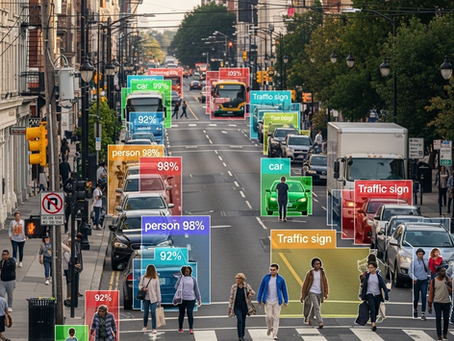top of page
Search


Physical AI: The Hardest Frontier
Physical AI faces hurdles digital AI never had to. Real-world data is scarce, hardware is costly, and edge computing adds complexity. Even with powerful simulators, the “sim-to-real” gap keeps autonomy out of reach — many demos still rely on human “babysitters.” TheMarketAI Take: progress will come from modular systems — robots that master walking, grasping, or vision, not everything at once.
Oct 232 min read


Boston Dynamics and Toyota Demo AI-Powered Atlas Humanoid
Boston Dynamics and Toyota showed Atlas performing complex tasks powered by a Large Behavior Model. While impressive, TheMarketAI.com Take is skeptical: general-purpose humanoids have limited use. Task-specific robots — like Boston Dynamics’ Spot for inspections or Stretch for warehouses — are far more practical and commercially viable.
Aug 252 min read


AI-Based Image Analysis Market to Triple by 2030, Hitting $36.36B
The global AI-based image analysis market is projected to triple from $13.07B in 2025 to $36.36B by 2030, according to MarketsandMarkets. Growth is driven by cloud scalability, edge computing for real-time decisions, and hybrid AI models. From healthcare diagnostics to autonomous driving and defense, visual intelligence is becoming foundational. TheMarketAI.com Take: As we noted in our recent post on edge computing, the future will be hybrid — cloud for scale, edge for resili
Aug 202 min read


EdgeCortix Raises Nearly $100M to Push AI to the Edge
Tokyo-based semiconductor startup EdgeCortix has raised nearly $100M to accelerate its edge AI chips. While cloud computing has dominated AI, edge systems process data locally — crucial for autonomous vehicles, defense, and emergency response where speed, security, and resilience matter. Still, edge AI has limits: it can’t match cloud-scale compute and often needs connectivity for complex tasks. TheMarketAI.com Take: The future of AI will be hybrid — cloud for scale, edge for
Aug 182 min read
bottom of page